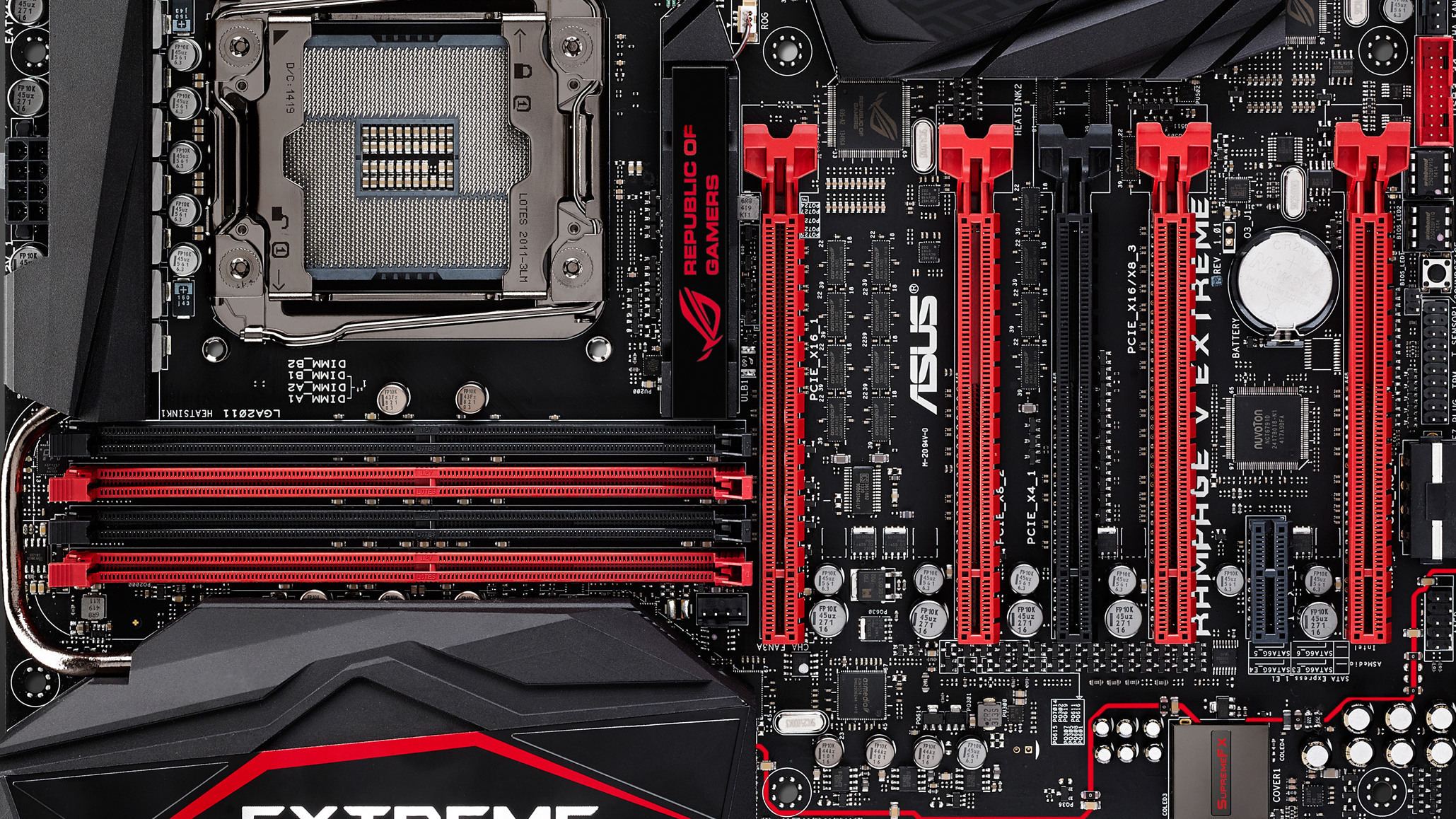
Presented by Newegg
Not everyone accepts a budget or midrange PC. Some people want more. Just as some gearheads might want to crank an extra few horses out of their engines, the enthusiast PC builder wants—no, needs—to get the most out of every electron. Cranking out the most megahertz of performance while keeping heat under control is the name of the game.
We compiled the best core components we could find on Newegg here in a guide we like to call the Elite List. Every few months we will update this list with the absolute best parts you can find, with a preference for power and performance, and less restricted by budgets. This is the type of stuff we’d put in a Dream Machine, and to us represents the best that the PC platform has to offer.
Welcome to the top-tier.

CPU: Intel Core i7-6950X Broadwell-E
Price: TBD
Intel’s next generation extreme processor isn’t available for purchase yet, but given that it will be available soon, we just had to include this CPU in our list. (Right now, the top CPU you can get is the octa-core i7-5960X.)
The Broadwell-E flagship CPU will feature 10 CPU cores and run a total of 20 threads. The CPU will also offer a hefty 25MB of L3 cache. This CPU is designed less for mainstream gamers and more for the enthusiast and heavy workload crowd (think AutoCAD and Adobe Suite). That said, the CPU will deliver in spades for gaming too. In short, it will be a significant upgrade for folks who are not yet on X99.
Keep up to date with the most important stories and the best deals, as picked by the PC Gamer team.
Despite the “Core i7” name, the socket 2011-v3 i7s are actually derived from the Xeon line (for servers and render farms), and repurposed for what consumers and prosumers need. Where tick-tock is having a bit of an identity crisis on the mainstream LGA115x platforms (tick-tock-tock), it remains alive and well on LGA2011; Broadwell-E is the latest iteration in the Xeon tick-tock, not the Core (socket 115x) tick-tock pattern.
If you need the best consumer CPU on the market aren’t already invested in Haswell-E, the i7-6950X will be the CPU you want.
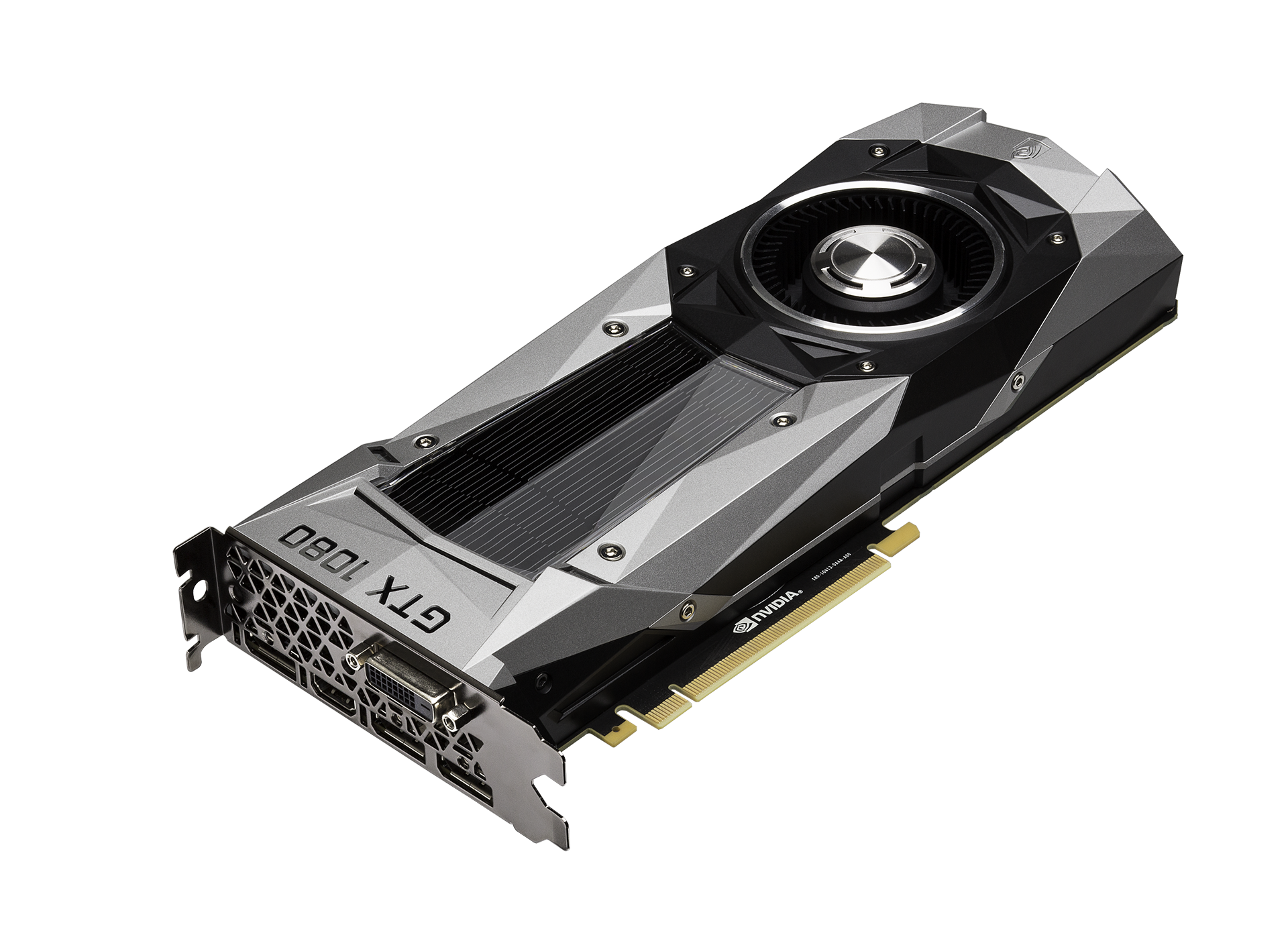
GPU: Nvidia GeForce GTX 1080
Price: $600 (expected)
Behold, the GTX 1080 is the new king of consumer graphics cards. Nvidia’s new Pascal GPU has delivered in ways that truly change the game in terms of graphics performance. The GTX 1080 is due to hit retail in just over a week’s time, and it’s the card we’ve been looking forward to in 2016.
The GTX 1080 offers better performance than the $1,000 GTX Titan X, but will come at a price that’s more in line with what the GTX 980 Ti costs now. It does so with 8GB of GDDR5X (as opposed to “normal” GDDR5), and a base GPU clock of a touch over 1.6GHz. In comparison, the GTX 980 Ti comes with 6GB of GDDR5 and a base clock of 1GHz.
While some SLI and Crossfire configurations outperformed a single GTX 1080 at stock clocks in some situations, most people still only run cards in solo. The 1080 comes out on top in all solo competitions. In SLI, it will do even better, though Nvidia has expressly stated that anything more than 2-way SLI is not recommended. There’s a reason for this: The SLI HB bridge for the GTX 1080 uses both of the SLI connectors on each card to increase bandwidth.
If you’re in the market for a new video card, our advice is to wait until the GTX 1080 and 1070 hit retail. That way you’ll be able to get the best of the best, or at the very least get a 900-series GPU on the cheap.
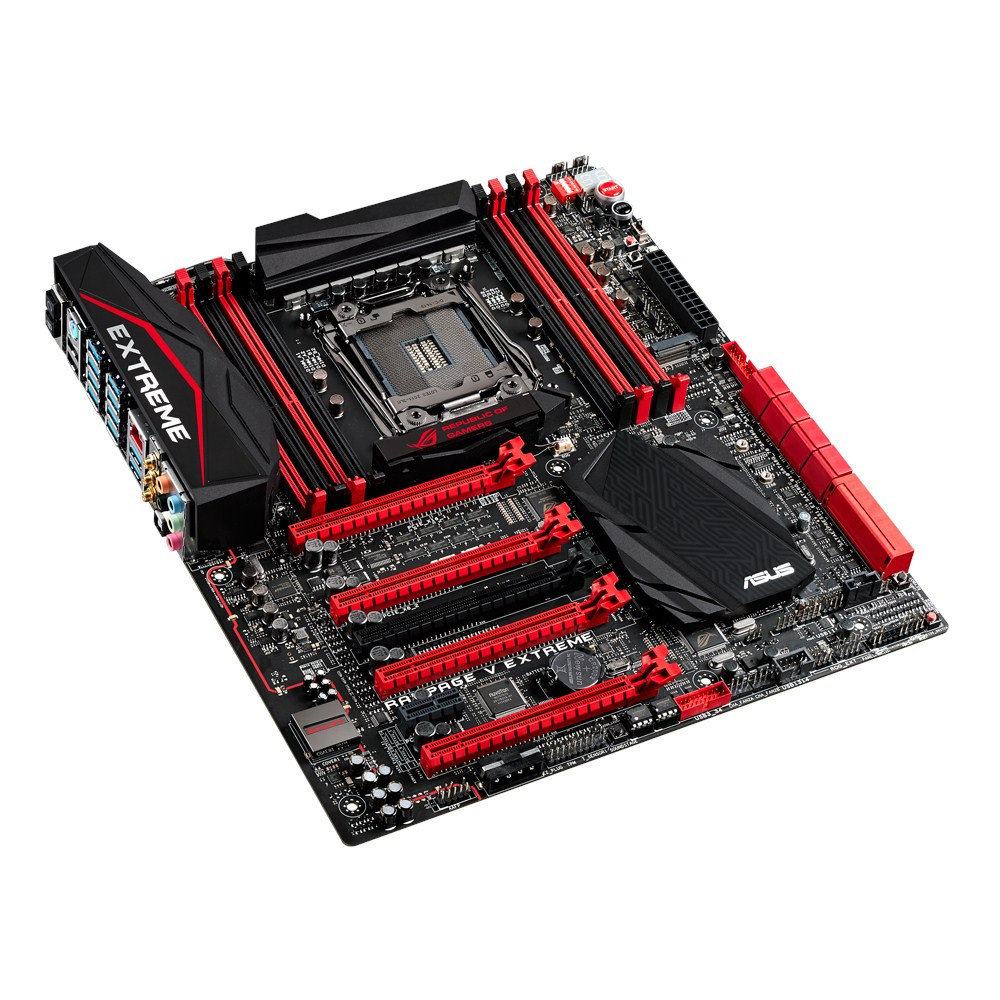
Motherboard: Asus ROG Rampage V Extreme
Price: $480 at Newegg
If you’re rocking an X99 motherboard, you’re already at the top-tier as far as most gamers are concerned. But sometimes, you just have to go bigger. Asus’s Rampage V Extreme is a motherboard that’s up to just about any task, and has great overclocking features to boot. It’s no wonder that we used it in Maximum PC’s 2015 Dream Machine.
The motherboard is flush with features that leave plenty of room for expansion: eight DIMM slots, four PCIe3.0x16 slots, one PCIe2.0x16 slot, eight SATA connectors, two SATA express connectors, an M.2 slot (both SATA and PCIex4), ten USB3.0 ports on the rear I/O panel, integrated Wi-Fi, and two 19-pin USB 3.0 connectors. The mobo also comes with a removable overclocking panel so you can tweak your system outside of a BIOS screen.
Asus has promised support via BIOS updates to ensure the Rampage V Extreme will work with the upcoming Broadwell-E processors.

Memory: 8GB G.Skill Trident Z DDR4-4266
Price: $280 per 8GB (2x4GB) kit at Newegg
When it comes to memory kits, vendors have been pushing the limits as of late. The interesting thing is that these advances are happening at a time where DDR4 is highly commoditized and is plenty fast at even the lower clock speeds. Jumping from 2400MHz to 2666MHz won’t yield much of a noticeable difference in gameplay, for instance. However, for the builder who needs to squeeze every last drop of performance out of their PC, G.Skill’s got the TridentZ line.
This DDR4-4266 kit is the highest frequency kit that G.Skill offers right now. At 4266MHz, this kit has twice the clock speed of 2133MHz DDR4 that’s accepted as the default memory clock on most motherboards. (H170 chipsets are locked to using DDR4-2133.)
The main downside is that this kit is small: It’s only 8GB, and that’s in two 4GB sticks. An X99 motherboard with eight DIMM slots, would only offer a maximum capacity of 32GB, for example. However, G.Skill recently announced that there will be larger capacity kits for the Trident Z line soon.
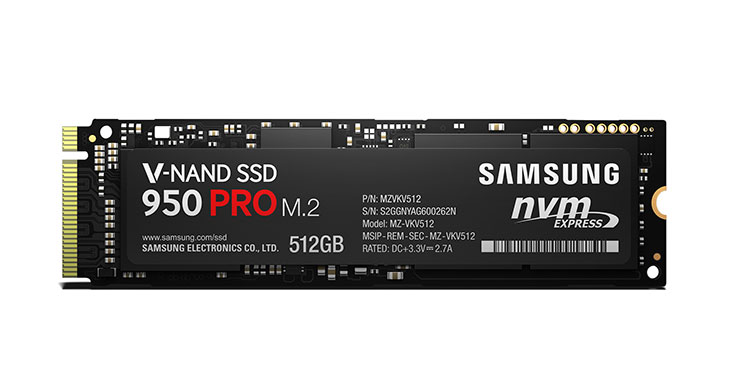
Priomary Storage: 512GB Samsung 950 Pro M.2 NVMe
Price: $317 at Newegg
In the storage world, NVMe is the fastest storage you can get right now. There are only two downsides: the storage is expensive compared with SATA SSDs or HDDs, and there aren’t a whole lot of products to choose from. As it stands right now, Samsung’s 950 Pro is the best M.2 NVMe to use as a boot and system drive.
That’s not to say there isn’t another great NVMe drive out there. Intel’s 1.2TB 750 is a kickass NVMe drive, but it can be a little difficult to use as a boot drive, depending on your motherboard. It’s also an add-in card that takes up a PCIe slot, whereas the 950 Pro fits neatly into a compact M.2 form factor.
For the time being you can only get the 950 Pro in 512GB and 256GB, so if you’ll need more space, consider using SATA SSDs for your deep storage.

Secondary Storage: 2TB Samsung 850 Evo 2.5-inch SATA
Price: $632 at Newegg
You know how a typical midrange (or even high-range) build will defer to spinning drives of two or four gigabytes to store things like music or Steam libraries? There’s no need for moving parts if you go with this drive. Samsung’s 2TB 850 Evo is the ominus foreshadowing that the days of the spinning drive in desktops may end in the coming years.
Don’t get us wrong, spinning HDDs are still much, much cheaper per gigabyte than SSDs. But if you want a quiet system with lower heat, lower noise, and lower power consumption, not to mention performance an HDD can't hope to match, the SSD is the clear choice in storage.
This drive offers 540MB/s read and 520MB/s write speeds that are some of the fastest you’ll find occupying the SATA bus. The 2TB Samsung 850 Pro is slightly faster and has a better warranty, but your funds are better spent elsewhere rather than paying 40 percent more for a small difference in real-world performance.
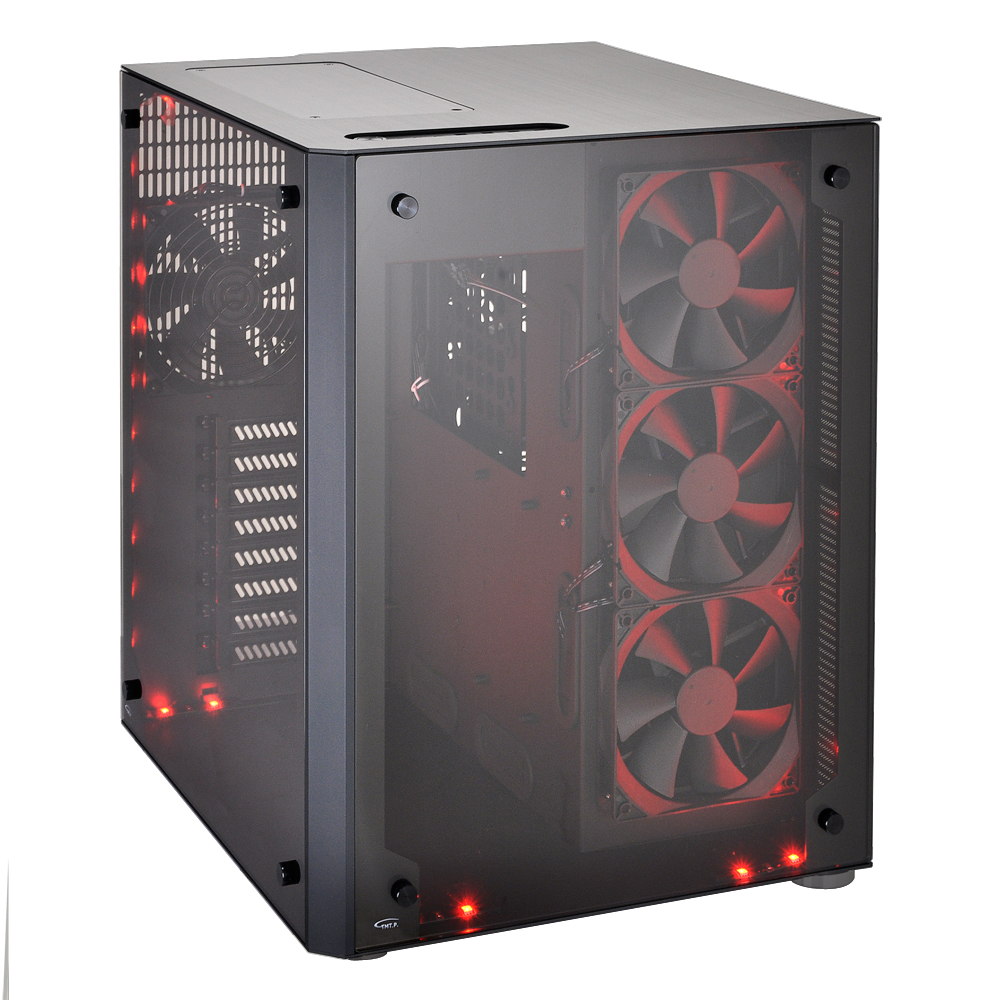
Case: Lian Li PC-08
Price: $390 at Newegg
We spent a lot of time looking around at top-tier PC cases. Unlike core components like the CPU and GPU where we can be very objective in terms of performance, the case you choose is very subjective. We’re in the camp of showing off our builds to the best effect possible, since we do spend time building. After all, if you’re assembling your own PC, don't you want people to see your handiwork?
There are few cases on the market that can show off a build quite like Lian Li’s PC-08. The PC case market is rife with steel, aluminum, and plastic (or a combination of the three). This case goes with tempered glass and aluminum for a premium look that is hard to match.
At this price range, a lot of cases have odd flaws that make one scratch their head. We really liked In Win’s 909 full-tower, but the mounting brackets for the 2.5-inch SSDs and the cable management was a bit odd. (Of course, you can always create more cable management routing with a drill and file, if you’re handy with power tools.) In Win’s 805 is a fine showy case as well. Both of In Win’s entries would make fine builds if you're looking for alternatives, and choosing only one case was tough. The PC-08’s main flaw that comes to mind is that this case is built around 120mm fans. That rules out 280mm AIO coolers like the NZXT Kraken X61 or the Corsair H110i.
This case is built for water cooling in mind, especially for people who want to build custom loops. This is a high-end case that looks great. To get an idea for what can be done, check out the build video by system builder JPModified that features custom acrylic accents and custom hard-tubing.
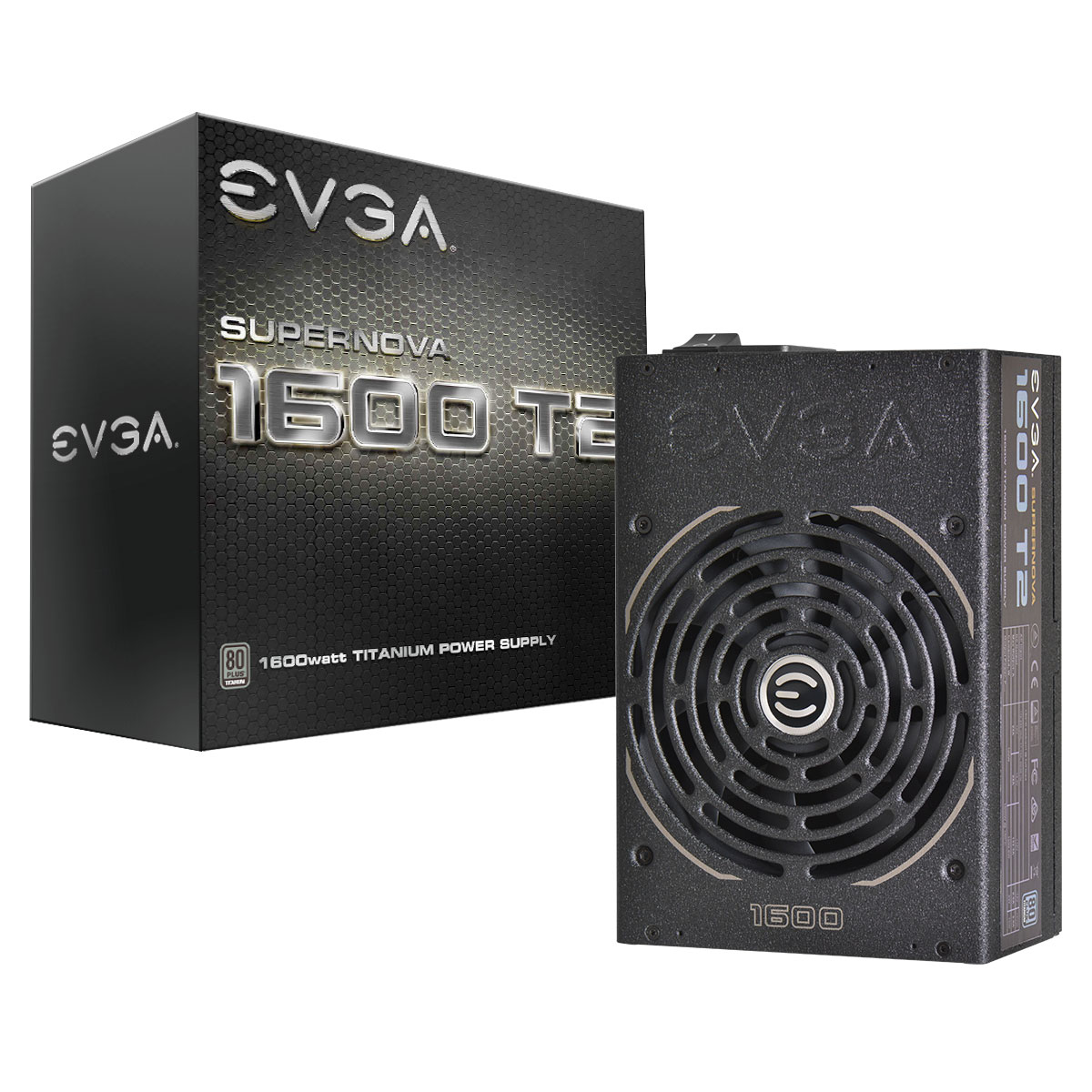
PSU: EVGA SuperNOVA 1600 T2 80 Plus Titanuim
Price: $430 at Newegg
Choosing a power supply is often the least exciting part of planning a build. But if power supplies could be sexy, this is the PSU that would leave us hot and bothered. EVGA’s SuperNOVA series of PSUs are great choices for most gaming or enthusiast builds, but we normally recommend an 80 Plus Gold model. If you want the best in efficiency, you’ll want an 80 Plus Titanium PSU, which is even a step up from 80 Plus platinum and promises up to 94 percent efficiency (96 percent on 230V).
This PSU is rated for up to 1600W and was also the model Maximum PC chose for its 2015 Dream Machine. Considering you can run a 2-way SLI system with a Haswell-E processor and GTX 980 Ti cards with 850W, the extra 750 watts gives you lots of room for overclocking, 4-way SLI, and just about every expansion card you can think of.
This is also the most power you can draw from a 120V line that you’ll find in the US. If you can find a higher-rated PSU, you’ll have to be in Europe with 240V, or pull the power from a 240V line you’d use for a washing machine (not to mention you might want to consider a dedicated circuit going to your breaker box).
A note on affiliates: some of our stories, like this one, include affiliate links to stores like Newegg. These online stores share a small amount of revenue with us if you buy something through one of these links, which helps support our work evaluating PC components.
The collective PC Gamer editorial team worked together to write this article. PC Gamer is the global authority on PC games—starting in 1993 with the magazine, and then in 2010 with this website you're currently reading. We have writers across the US, UK and Australia, who you can read about here.


